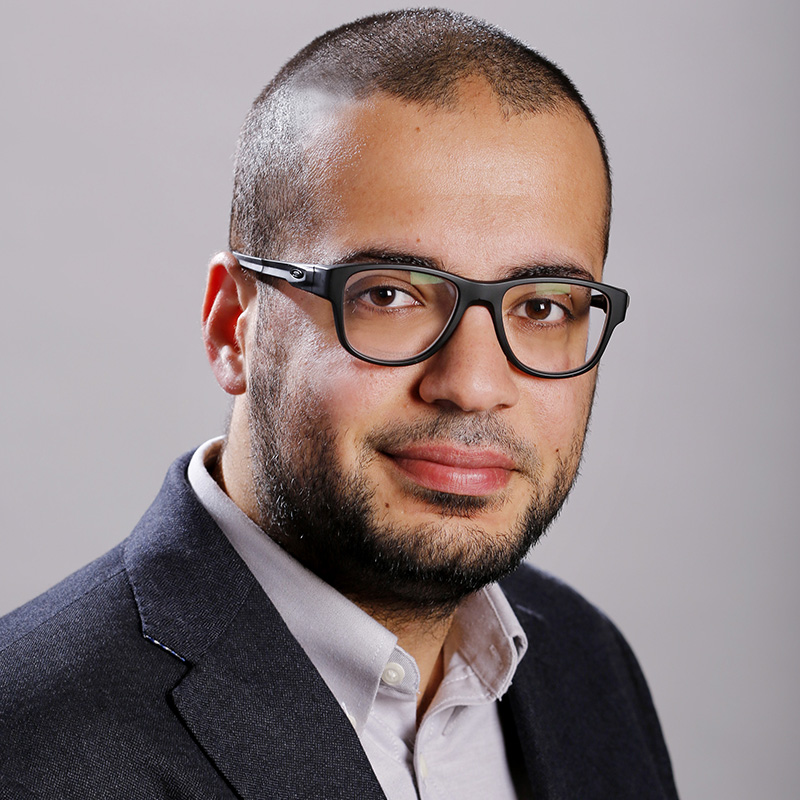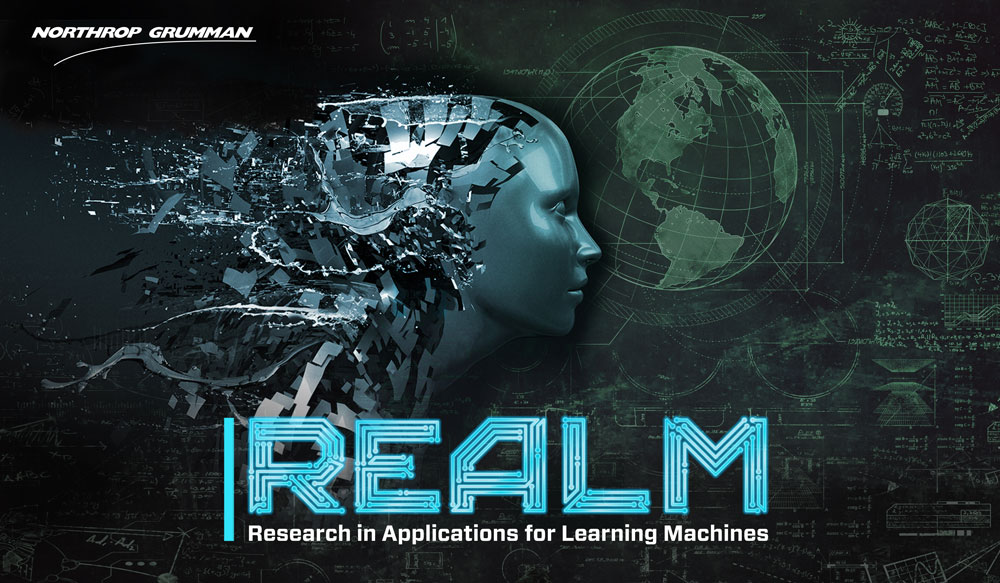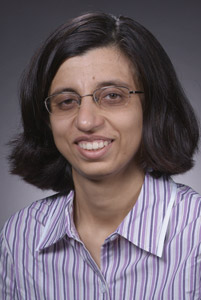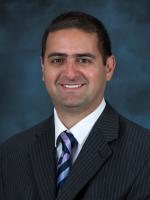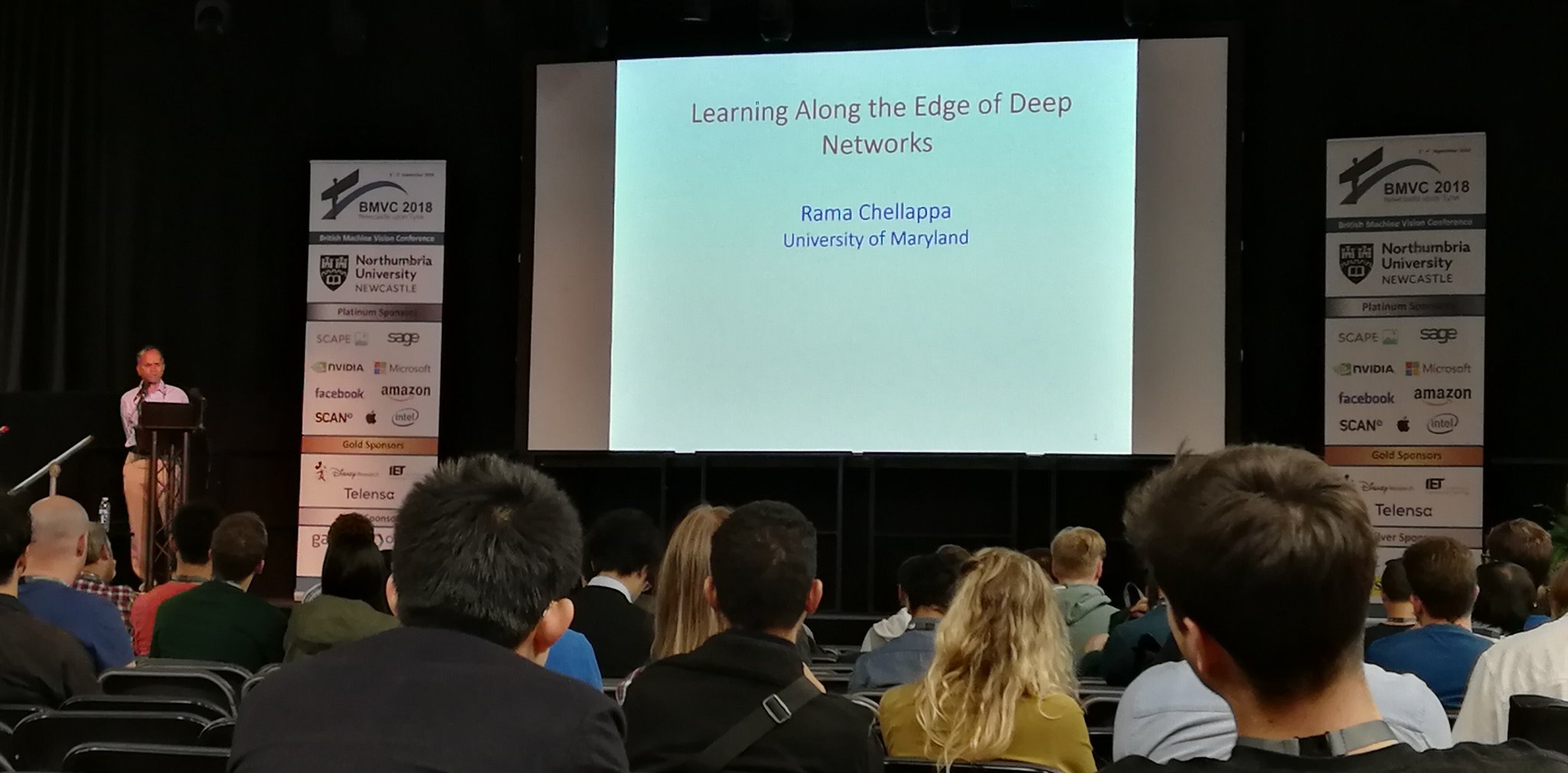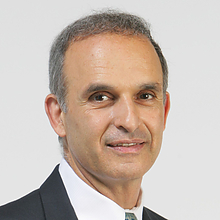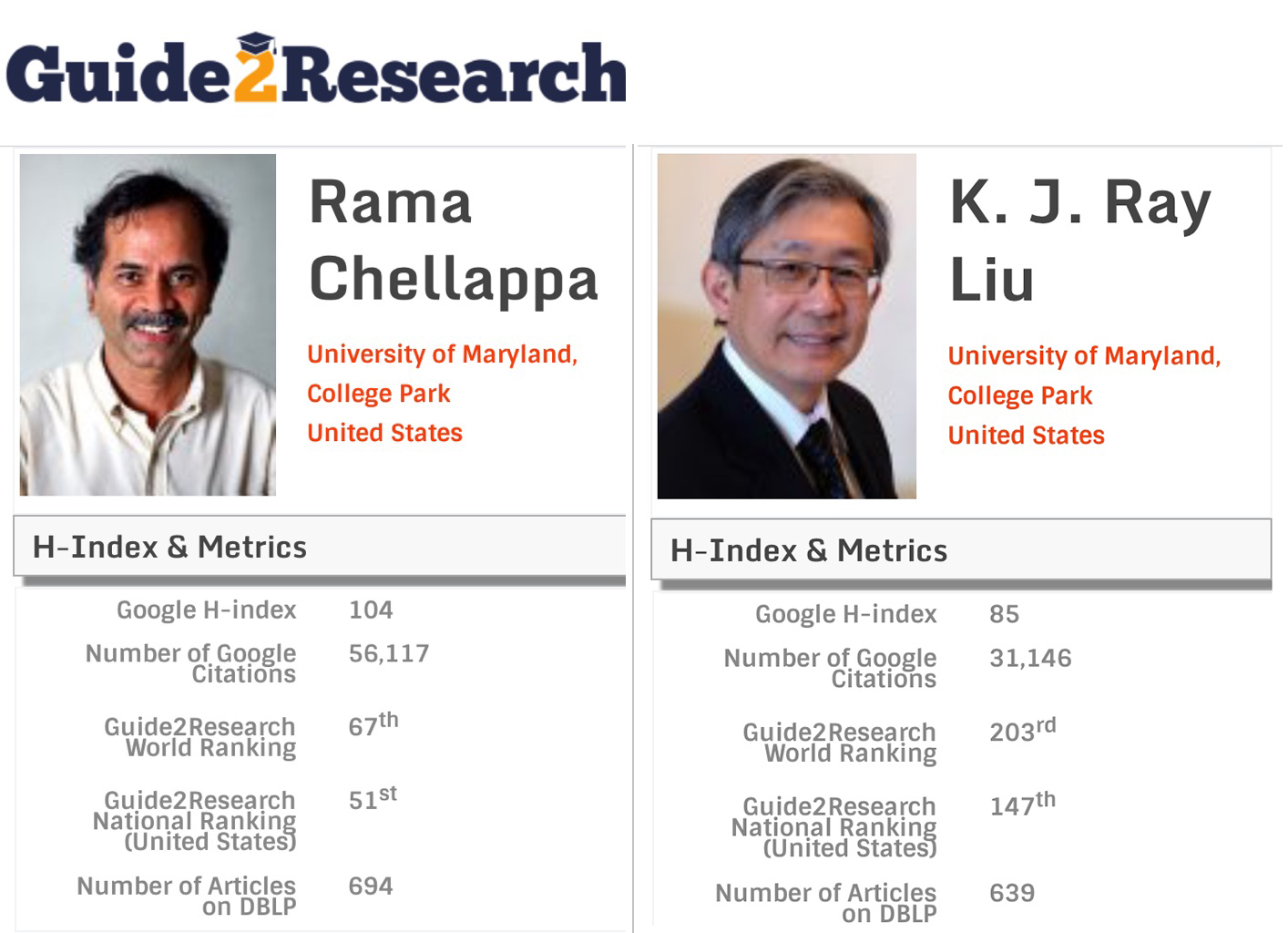News Story
Alumnus Ashok Veeraraghavan Wins NSF CAREER Award
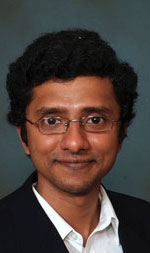
Alumnus Ashok Veeraraghavan (M.S. ‘04, Ph.D. ‘08) has received a 2017 NSF CAREER Award for “A Signal Processing Framework for Computational Imaging: From Theory to Applications.”
The five-year, $549K award funds research to develop novel imaging systems that can break through the barriers of size, spatial resolution, temporal resolution, field of view, weight and cost by leveraging on the co-design of optics and signal processing.
Since 2011, Dr. Veeraraghavan has been an Assistant Professor of Electrical and Computer Engineering at Rice University in Houston, TX. He received B.Tech. in Electrical Engineering from Indian Institute of Technology, Madras in 2002, and his Master’s and Ph.D. degrees from the Department of Electrical and Computer Engineering at the University of Maryland, College Park, in 2004 and 2008, respectively. At UMD, Dr. Veeraraghavan was advised by Dr. Rama Chellappa, Distinguished University Professor and Chair of Electrical and Computer Engineering.
Dr. Veeraraghavan’s research interests are in Computational Imaging and its applications to machine vision, robotics and personalized health. Learn more about his research here and here.
About the Award
Computational Imaging (CI) has emerged as a powerful tool for the design of imaging systems over a wide variety of applications, including consumer imaging, machine vision, surveillance, remote sensing, and microscopy. The key idea behind CI is that joint design and optimization of optics, sensors and algorithms rapidly enlarges the design space for imaging enabling performance characteristics that were hitherto unachievable. This project develops novel imaging systems that can break through the barriers of size, spatial resolution, temporal resolution, field of view, weight and cost by leveraging on the co-design of optics and signal processing. Imaging as such, has a very broad range of applications spanning consumer/medical/scientific imaging, machine vision and remote sensing. In conjunction with advancing the scientific goals of this project, the project integrates computational imaging and display concepts into several courses offered at Rice University and is developing a summer workshop on imaging to economically disadvantaged high school students and their teachers, thereby increasing K-12 STEM engagement.
This research develops a signal processing framework for Computational Imaging (co-design of optics, sensors and algorithms), that is based on Gaussian Mixture Models. The model along with associated algorithms, will, for the first time, enable (a) fundamental performance bounds for existing CI systems, (b) make the design process systematic and develop novel CI systems, and (c) characterize and understand the regimes of operation for CI. The research team demonstrates the importance and utility of the framework, by creating order of magnitude performance improvements in three different application areas: (1) lens-free cameras: design, develop and demonstrate thin, lens-free cameras that consist of a series of masks laid on top of a bare conventional sensor with associated algorithms for demultiplexing; (2) light-in-flight imaging: design, develop and demonstrate ultra-fast imaging using conventional time-of-flight sensors and appropriate illumination/sensor modulation and reconstruction techniques; and (3) high-res, long-range imaging: design, develop and demonstrate sub-diffraction imaging resolution at long ranges, using a camera array and phase retrieval based algorithms.
Published March 29, 2017

